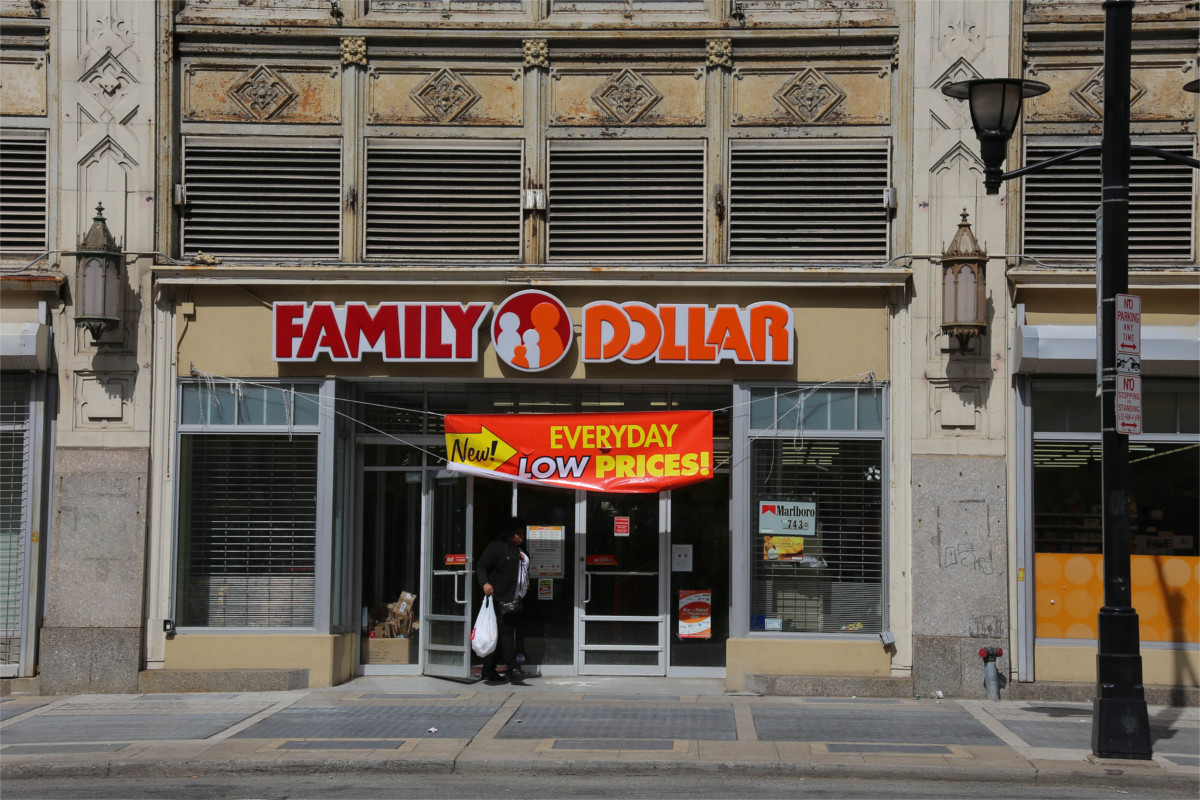
Dollar General and Dollar Tree, the two biggest dollar store operators in the U.S., increased store numbers from 20,000 ten years ago to 30,000 currently. Walmart has 4,700 stores in the U.S. (Paul Sableman/flickr)
In May this year, the council for Oklahoma City passed a moratorium on permits for convenience stores that are less than one mile from each other.
The ban will last through November.
Once the ban expires, there is a zoning ordinance is in the works that would attract more stores that offer fresh food.
Research has shown that convenience stores are entrenched in areas with the highest poverty, and lack of food access lines up with areas of historical racial segregation.
Other studies have shown that dollar stores create fewer jobs than grocery stores and push out larger grocery chains that offer healthier options.
The Institute for Local Self-Reliance, an advocacy research organization, identified similar efforts in Tulsa, Oklahoma and Mesquite, Texas, since 2018.
Explosive growth in the number of dollar stores across the country has been linked to increasing levels of enrollment in SNAP benefits.
More than 80 percent of SNAP benefits are spent at supermarkets with fresh food and healthy options, but convenience stores started moving into low-income neighborhoods to take advantage of increased SNAP spending.
Read More:
To Save A Neighborhood, Ban A Dollar Store? (Pacific Standard)
A Healthy Reprieve: Moratorium Designed To Bring Better Grocery Options To Northeast OKC (The Journal Record)












